Education suppliers HUE have been bringing schools to life with the HUE HD Pro, a classroom camera and visualiser that is the latest addition to their range of USB cameras. The gadget can view a full A4 page and project it onto the whiteboard via PCs and projectors, and is priced at £44.95 + VAT. HUE’s terrifically-received new device even won a Best in Show award at the prestigious ISTE 2015 conference in Philadelphia.
How do you best entrance students in your lessons? The technology for bringing stereoscopic images into lessons is available to teachers, but is it all part of a fad?
As published in the September 2013 edition of our magazine.
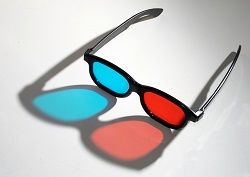
When a lesson is presented in stereoscopic 3D, the lesson material appears to physically float or hover in the classroom. This is accomplished by sending differing, carefully defined images to the students’ left and right eyes, and with proper hardware and software these images create very convincing illusions of depth and volume.
Imagine showing a beating heart, or the nucleus and orbiting electrons of an atom, or the dynamic birth of a galaxy, to your students in this manner. The visually engaging, almost visceral 3D experience helps bring the lesson material alive, making it more ‘real’ and memorable.
But there are some people who feel that using 3D in the classroom is simply a gimmick – today’s proverbial ‘shiny object’, just a passing fad. A grand delusion, if you will.
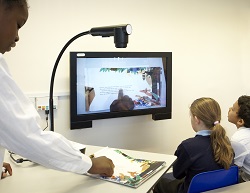
Whether you’re about to invest in visualisers for your classroom, or already have one and are looking for new ways to use it, here is the fourth article in our series looking at maximising the effectiveness of visualisers across different subjects.
Here we are looking at music, arts, crafts and design classes. Below you will find practical tips on using visualisers to help pupils explore their creativity:
Music lessons at KS1 and KS2
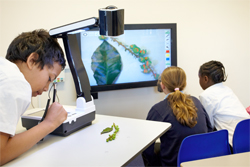
Here is the third article in our series on maximising the use of visualisers across different curriculum areas. Below you will find practical tips on using visualisers to help pupils retain scientific concepts.
Use visualisers at key stages 1 and 2 to introduce material properties and spark pupils’ imagination:

Here is the second article in our series on maximising the use of visualisers across different curriculum areas. We'll be looking at literacy and English classes from key stages one to four.
Use visualisers at key stages one and two to help in building a foundation of basic literacy concepts:
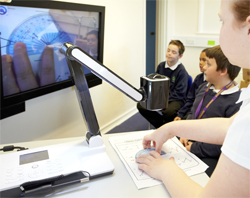
Continuing on from the previous articles about the benefits of using visualisers in the classroom, it's now possible to take a closer look at how to maximise the use of visualisers across specific curriculum areas.
To start off this series, we will focus on numeracy and how visualisers can uniquely be used to enhance teaching and learning from key stages one to four.
Below is a list of the foundational uses of a visualiser to aid numeracy learning at key stages one and two:
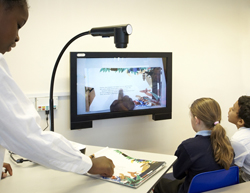
Just as interactive whiteboards revolutionised our classrooms ten years ago, visualisers (sometimes called document cameras) are set to change the way educators teach and children learn over the next decade.
Visualisers enhance teaching cross curricula – but more than that, they support key educational strategies. Here's a few examples of how visualisers are already improving teaching and learning:
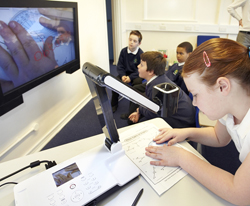
If you’re considering buying a visualiser, you’ve no doubt heard good things about how they enhance teaching. You may be aware of some of the things visualisers can do but would like to grow your knowledge.
Visualisers do what they say. They let you and your class visualise anything and everything. Anything that needs demonstrating; anything that needs showing; anything that needs sharing.
In a nutshell, they convert all things non-digital into a digital format, which you can then manipulate, save and share like any other digital image.

A community-driven platform for showcasing the latest innovations and voices in schools
Pioneer House
North Road
Ellesmere Port
CH65 1AD
United Kingdom